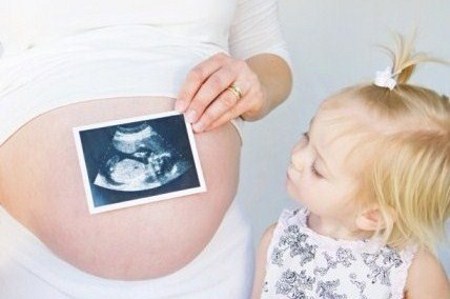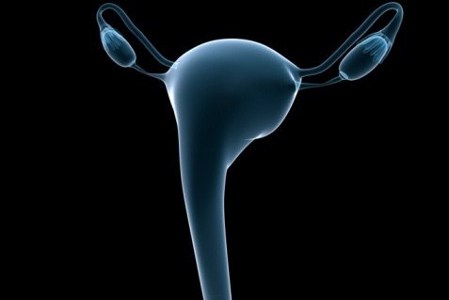Top 10 Facts about Endometrial Cancer
0 Comments
40 Percent Risk for Endometrial Cancer
In the United States, cervical cancer is the most common cancer to originate in the female reproductive organs. An estimated 46,470 new cases will be diagnosed in 2011. A woman has a one in 40 chance of developing endometrial cancer during her lifetime. Most cases occur between the ages of 60 and 70 years, but in rare instances, may develop before the age 40. Photo: Getty Images

Forms in Uterus Lining
Endometrial cancer forms in the endometrium, which is the inner lining of the uterus. Two parts, the corpus and the cervix, comprise the uterus. The uterus is a hollow, pear-shaped organ where a fetus grows during pregnancy. Photo: Getty Images

The Cause is Unknown
The exact cause of endometrial cancer is unknown. It is theorized that some factor triggers a genetic mutation within cells in the endometrium. Unlike healthy cells, which grow, multiply and die at a set rate, abnormal cells grow and multiply out of control and do not die at a set rate. Consequently, the abnormal cells accumulate and form a tumor. Photo: Getty Images

Hormone Imbalance Increase Your Risk
A change in the balance of estrogen and progesterone toward more estrogen increases a woman’s chance for developing endometrial cancer. During the menstrual cycle, the balance between these two hormones fluctuates. Estrogen causes the thickening of the endometrium to prepare the uterus for pregnancy. After menopause, the ovaries stop producing estrogen and progesterone. Photo: Getty Images

Risk Factors are Numerous
Certain risk factors that contribute to changes in the balance of female hormones have been identified. Polycystic ovary syndrome, obesity and menopausal hormone therapy containing only estrogen cause higher estrogen and lower progesterone levels in the body. Early menstruation, before the age of 12, starting menopause after age 50 and having never been pregnant increase the risk for developing endometrial cancer. Photo: Getty Images

Beware Abnormal Uterine Bleeding
Abnormal uterine bleeding is a warning sign of endometrial cancer. This can present as prolonged bleeding or bleeding between normal periods before menopause and vaginal bleeding, or spotting after menopause. An abnormal, non-bloody vaginal discharge presents in about 10 percent of cases. Pelvic pain, a palpable mass and weight loss without trying are more common in late stage endometrial cancer. Photo: Getty Images

Biopsy, Among Other Tests, Diagnose Cancer
A pelvic examination, a transvaginal ultrasound, a hysteroscopy to examine the uterus and obtaining a biopsy of uterine tissue are diagnostic procedures used to detect and diagnose endometrial cancer. If cancer is detected, other diagnostic testing is done to stage the cancer. Staging denotes if the cancer has invaded nearby tissue or has spread to other parts of the body. Photo: Getty Images

Stages Range from 0-4
The stages range from 0 to 4. Stage 0 is called carcinoma in situ, which means cancerous cells are found on the surface of the endometrium. Stage 1 means abnormal cells have grown into the endometrium and possibly into the myometrium, which is the muscular wall of the uterus. Stage 2 means the cancer has invaded the cervix. Stage 3 indicates the cancer has invaded nearby tissue including the vagina and lymph nodes. Stage 4 means metastasis to the bladder, intestines and possibly other parts of the body such as liver, bones and lungs. Photo: Getty Images

Surgery is a Treatment Options
Treatment options include surgery, radiation therapy, chemotherapy and hormone therapy. Care is provided under the supervision of a gynecologist and gynecologic oncologist. Choice of treatment options depends upon the patient’s age, general health and the stage of the tumor. Photo: Getty Images

92 Percent Survival Rate for Early Diagnosis
When endometrial cancer is diagnosed early, the estimated one year survival rate is 92 percent. For cancer that has not spread, the five year survival rate is 95 percent. For metastatic endometrial cancer, the five year survival rate is 23 percent. Photo: Getty Images
Add a CommentComments
There are no comments yet. Be the first one and get the conversation started!